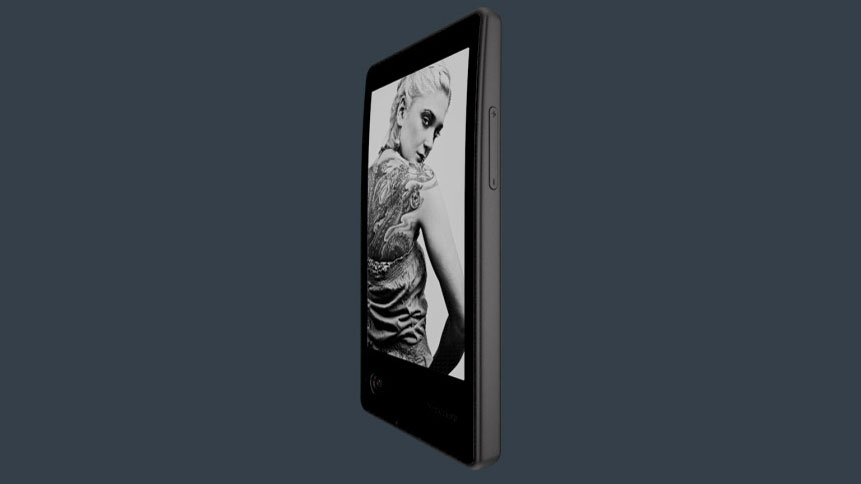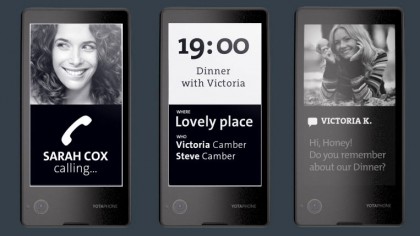YotaPhone: 10 things you need to know
A smartphone with 2 screens it is

The YotaPhone has been waiting in the wings for a while, and finally the Russian firm has pushed its unique, dual-screen smartphone to market.
Seeing two screens on one phone isn't exactly a new concept, Samsung has already slapped a couple screens onto a few of its flip phones, but the YotaPhone takes things one step further.
Now you can actually go out and buy one, here's everything you need to know about the YotaPhone.
1. The YotaPhone: e-ink display
If you didn't know that the YotaPhone comes with a kindle-esque e-ink display then where have you been? Christmas shopping? Did you buy us anything nice? You know what we want right?
With access to information driving the modern smartphone revolution, smartwatches have appeared out of nowhere. Never has so much been available to many from their pockets and we all want to be connected to it.
The 4.3-inch 360x640 e-ink display does a lot more than just displaying text on screen, it is intended to be a hub of all your important information, whilst providing little drain on the battery. Whilst Yota state that it is ideal as an e-reader, there is a much larger appeal.
As the e-ink display is always on, a quick glance down gives access to Facebook and Twitter feeds via RSS, as well as showing the time and all your notifications without having to load up a power hungry LCD screen.
Sign up for breaking news, reviews, opinion, top tech deals, and more.

2. The YotaPhone: LCD display
The e-ink display is merely the secondary screen on the YotaPhone, with the Russian device coming with a more standard 4.3-inch HD screen on the front.
It's not a Full HD experience, a mere 720 x 1280 capacitive screen. This means that the YotaPhone comes with 342ppi, someway off the likes of the Samsung Galaxy S4's whopping 441ppi.
As a mid-range device though, the YotaPhone does beat the Galaxy S4 Mini's 256ppi whilst matching the HTC One Mini.
3. The YotaPhone: CPU and storage
To keep everything running smoothly, the YotaPhone comes toting a dual-core 1.7GHz processor, backed up with 2GB of RAM.
This means that it comes out more powerful than both the Galaxy S4 Mini (with 0.5GB less RAM) and the HTC One Mini (smaller CPU and less RAM).
32GB of internal storage is also provided, although those looking for a microSD slot will have to look elsewhere.

4. YotaPhone: OS
YotaPhone comes packing a customized version of Android 4.2.2 Jelly Bean, complete with a BlackBerry style gesture system to replace the use of hard and soft buttons.
This brings the advantage of keeping the display looking clean and uninterrupted and navigation is done with a series of gestures. These aren't performed on screen however, with a space under the screen reserved for your fingers.
Swiping right takes you home, and left takes you back, with a two fingered down swipe taking a screen shot and sending it to the rear screen so you can save battery power whilst viewing important information.
This OS also houses some specially developed apps to help in reading books, a multi-language dictionary and mapping app.
5. YotaPhone: Camera
The Russian device doesn't lack in the camera department, smashing its mid-range competitors and competing at the top table alongside the likes of the Samsung Galaxy S4 and LG G2.
A 13MP sensor adorns the rear, sat just below the e-ink display. Yes, you read that right, the camera is at the bottom of the handset. This is backed up with a 1MP front facing sensor to take all those fabulous selfies that populate social media sites.
The YotaPhone camera also comes with an interesting feature with thanks to the e-ink display; it can tell your subjects to smile. It doesn't add a lot of functionality, but is a nice novelty feature.